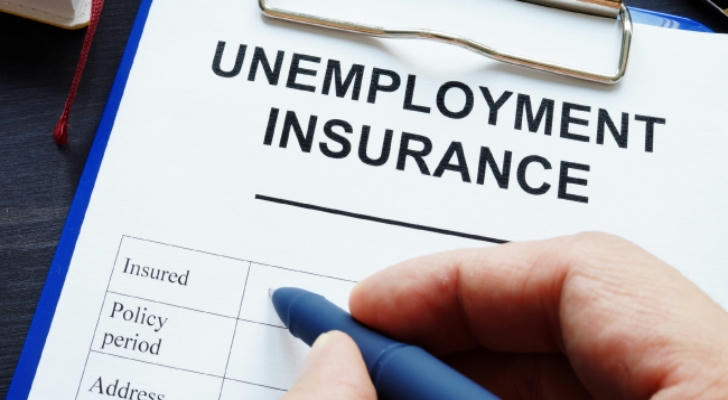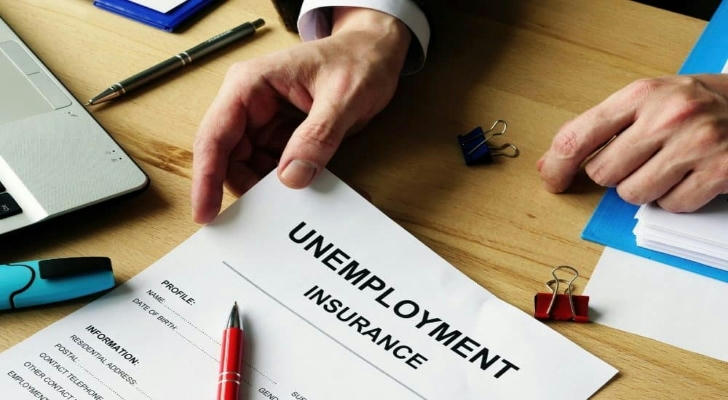Unemployment Insurance: A Lifeline in Economic Turmoil
Unemployment insurance serves as a critical safety net for individuals during economic uncertainties. It provides temporary financial assistance to those who lose their jobs through no fault of their own. Amidst recent economic challenges, unemployment insurance has gained renewed attention for its role in stabilizing households and the broader economy. This article explores the importance of unemployment insurance through the lens of a real-world case study and highlights the policy improvements needed to enhance its effectiveness.

The Role of Unemployment Insurance
Unemployment insurance not only mitigates the immediate financial distress of individuals but also plays a pivotal role in sustaining consumer spending and preventing deeper economic downturns. By offering monetary support, it allows individuals the time and resources to search for suitable employment, reducing the risk of falling into long-term poverty.
Case Study: The COVID-19 Pandemic
The global COVID-19 pandemic in 2020 caused unprecedented job losses, with millions of people suddenly finding themselves unemployed. In the United States alone, unemployment rates soared to 14.8% in April 2020, the highest since the Great Depression. During this time, unemployment insurance became a lifeline for millions.
Example: The CARES Act
Under the Coronavirus Aid, Relief, and Economic Security (CARES) Act, unemployment insurance benefits were expanded to include:
Increased Weekly Payments: An additional $600 per week on top of state benefits.
Extended Coverage Periods: Benefits were extended by an extra 13 weeks.
Eligibility Expansion: Gig workers and freelancers, typically ineligible, were included.

These provisions prevented countless families from financial ruin. For example, Mary Johnson, a single mother and restaurant worker in New York, lost her job due to lockdowns. With unemployment benefits covering her rent and groceries, she avoided eviction and had the time to secure a new position as the economy reopened.
Challenges and Opportunities for Improvement
While unemployment insurance proved its worth, the pandemic also exposed several weaknesses:
Administrative Delays: Many applicants faced long waits due to overwhelmed systems.
- Example: In California, some individuals reported waiting months for their first payment.
Inadequate Benefits: State-level disparities meant that some recipients received insufficient support.
- For instance, states like Mississippi provided as little as $235 per week.
Eligibility Gaps: Despite expansions, many self-employed and part-time workers still struggled to qualify.

Policy Recommendations
To strengthen unemployment insurance for future crises:
Modernize Systems: Upgrade technology to ensure timely processing of claims.
Standardize Benefits: Introduce a federal minimum for weekly benefits to address state-level inequities.
Expand Coverage: Permanently include gig workers and other non-traditional employees.
Conclusion
Unemployment insurance remains a cornerstone of economic resilience, as demonstrated during the COVID-19 pandemic. By addressing its shortcomings, policymakers can ensure that this vital program continues to support individuals and stabilize economies in times of crisis. Mary Johnson’s story underscores its transformative impact, reminding us of the power of collective security in uncertain times.
